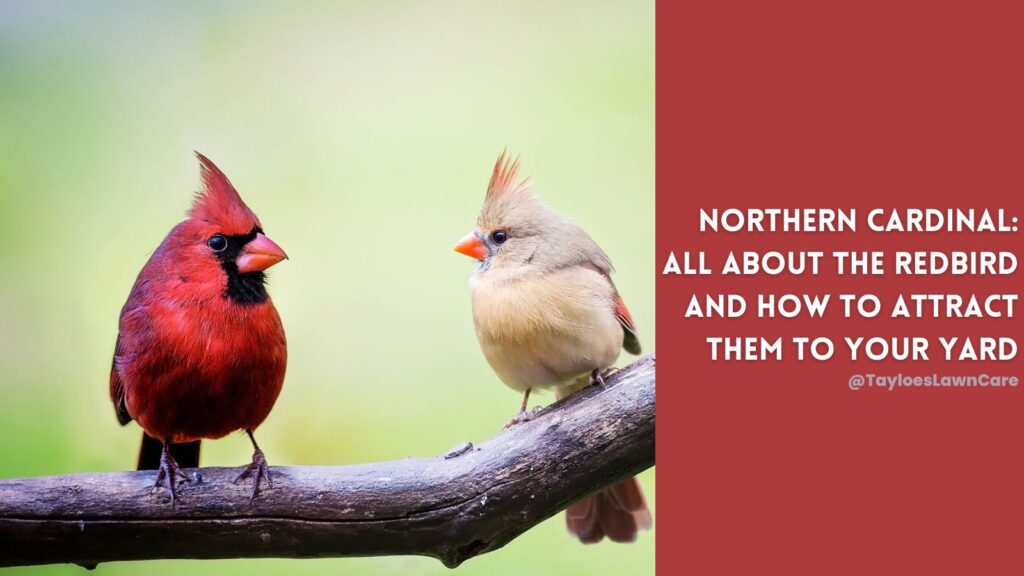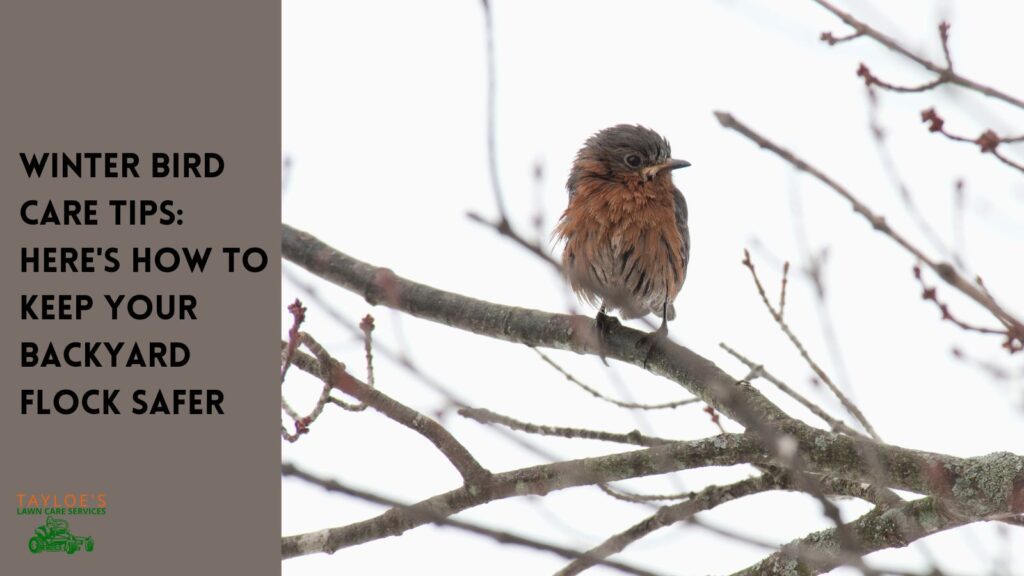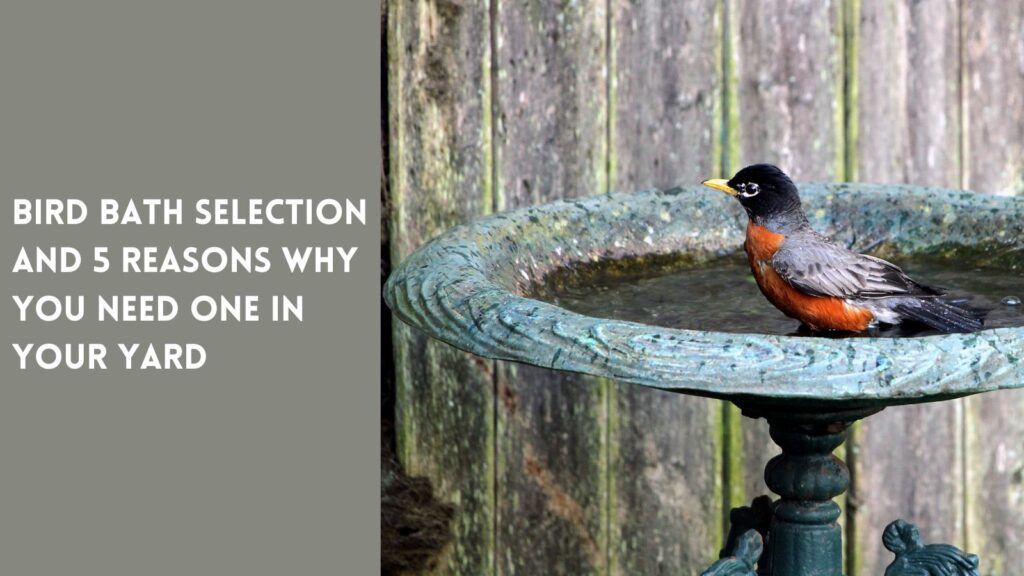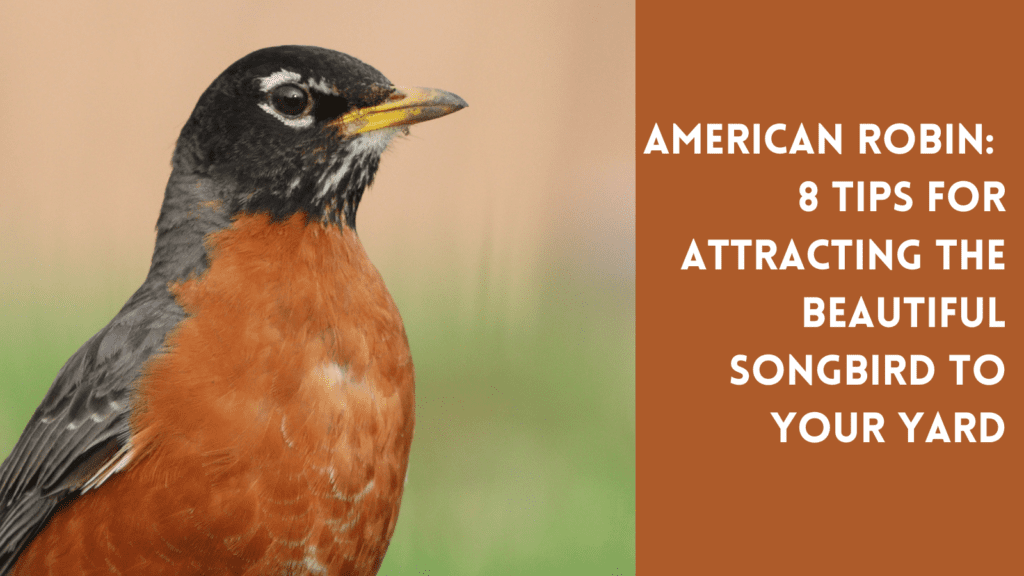Last Updated on: 4th January 2024, 04:33 pm
Owls are great for the ecosystem, eliminating unwanted pests
The great horned owl (Bubo virginianus) is a captivating and iconic nocturnal bird of prey that inhabits diverse landscapes throughout North America. With a striking appearance, haunting hoots, and unparalleled hunting prowess, this majestic owl commands admiration and intrigue.
By the end of this content, you will read:
- The physical attributes of the great horned owl
- Its habitat preferences
- Behavioral traits
- Unique attributes of this majestic bird.
Physical Attributes of the Great Horned Owl:
The great horned owl is a large bird. It measures around 18 to 25 inches in height and boasts an impressive wingspan of up to four to five feet. Its most distinctive feature is the pair of prominent ear tufts on its head, which are not actually ears but rather feathers that aid in camouflage and communication. With its piercing yellow eyes and facial disc—a flattened arrangement of feathers around the face—the great horned owl presents an aura of intelligence and authority.

Habitat Preferences:
The great horned owl’s ability to adapt to diverse habitats contributes to its wide distribution throughout North America. These magnificent birds are known for their versatility when it comes to selecting their homes.
- Forests and Woodlands: Great horned owls are frequently found in dense forests and open woodlands. They are well-suited to various forest types. Forests can include deciduous, coniferous, and mixed forests. Within these habitats, they take advantage of the trees for roosting, nesting, and hunting. Forested areas provide ample cover and a diverse range of potential prey, such as squirrels, rabbits, and various bird species.
- Desert Regions: Despite their preference for forested areas, great horned owls inhabit desert regions. They can be found in arid and semi-arid landscapes, including deserts, canyons, and rocky outcrops. In these habitats, they often utilize the shelter provided by desert vegetation. They use cacti and yuccas for roosting and nesting. They have adapted to the unique challenges of desert environments and can find suitable prey, such as rodents and reptiles, to sustain themselves.
- Wetlands and Swamps: Great horned owls are known to frequent wetland areas. These include marshes, swamps, and riparian zones. These habitats provide them with a rich food source, as wetlands attract a variety of small mammals, amphibians, and water birds. Owls may use the cover of wetland vegetation or nearby trees for roosting and nesting. Wetlands with a mix of open water, marshy areas, and surrounding woodlands offer an ideal combination of resources for these adaptable predators.
- Urban Areas: Remarkably, great horned owls have adapted to urban environments as well. They can be found in city parks, suburban neighborhoods, and industrial areas. Their adaptability allows them to use tall trees, parks, golf courses, and green spaces within urban landscapes. Although cities may lack the natural prey diversity found in more rural habitats, great horned owls in urban areas often feed on rodents, pigeons, and other small mammals that thrive in human-altered environments.
Range and Where to See Them in North America:
The great horned owl widely appears across North America, from Canada to Mexico and throughout the United States. Their range extends from Alaska and northern Canada down to Central America. While they can be found in various habitats throughout their range, specific locations where sightings are more common include:
- Pacific Northwest. Forested areas in states such as Washington and Oregon; national parks like Olympic National Park and Mount Rainier National Park.
- Great Lakes Region. Forested areas and wetlands in states such as Michigan, Wisconsin, and Minnesota. These include locations like the Boundary Waters Canoe Area Wilderness.
- Eastern United States. Forested areas and wetlands in states such as New York, Pennsylvania, and Virginia, including the Adirondack Mountains and Great Smoky Mountains National Park.
- Desert Southwest. Arid and semi-arid regions in states such as Arizona, New Mexico, and Nevada, including locations like the Sonoran Desert and Saguaro National Park.
- Southern United States. Forested areas, wetlands, and swamps in states such as Louisiana, Florida, and Texas. These include locations like the Everglades and Big Thicket National Preserve.
While they appear in large numbers in these national park sites, you can also find them in almost all areas.

Behavior and Hunting Habits of the Great Horned Owl:
As a nocturnal predator, the great horned owl is perfectly equipped for hunting in the dark. Its exceptional hearing and vision, aided by the asymmetrical positioning of its ears, allow it to locate prey accurately, even in complete darkness. These owls have a varied diet, feeding on a wide range of prey. These include small animals, such as rodents, squirrels, snakes, rabbits, birds, reptiles, and even skunks. With their powerful talons and silent flight, they ambush their victims precisely, often swooping down from above in complete silence to deliver a swift and deadly strike.
Distinctive Vocalizations:
The hooting call of the great horned owl is one of the most recognizable sounds in the night. Its resonant and deep hoots—typically described as “hoo-hoo-hoo, hoo-hoo”— express territorial communication, mate attraction, and establishing boundaries. The male and female owls engage in duets. They harmonize their hoots to strengthen their bond and defend their territory from intruders. The calls of the great horned owl create an evocative ambiance in the darkness. Their calls add to the mystique of the nocturnal world.
Life Cycle and Reproduction:
Breeding season for great horned owls usually begins in early winter. They are among the earliest nesting birds, often using abandoned nests of other large birds, tree cavities, or even human-made structures. The female lays one to four eggs. She incubates for about a month while the male provides her with food. Once the eggs hatch, the parents fiercely protect their young and provide them with a steady supply of prey. After approximately ten to twelve weeks, the owlets begin to leave the nest and venture out independently. However, they may still rely on their parents for several more months.
Conservation Status and Human Interaction:
Great horned owls are not a threatened species and have a stable population throughout their range. They have adapted well to human-altered landscapes and often nest in suburban areas and city parks. However, habitat loss, vehicle collisions, and pesticide exposure pose risks to their populations. Appreciating and respecting these magnificent creatures from a safe distance is essential. Thus, you will allow them to thrive in their natural habitats undisturbed.

The Takeaway: The Great Horned Owl Is Worth Staying Up Late to Watch
The great horned owl’s habitat preferences encompass various environments, from forests and woodlands to deserts, wetlands, and even urban areas. Their adaptability allows them to thrive in diverse landscapes throughout North America. By venturing into their favored habitats and honing your observation skills, you increase your chances of witnessing the majestic presence of the great horned owl in the wild.
Do you enjoy gardening and outdoor lifestyle content? Then follow Tayloe’s Lawn Care Services on Facebook – we post several times weekly.
Author Profile

- Deborah Tayloe is the CEO and co-founder of Tayloe's Lawn Care Services, LLC. She has a B.S.Ed and holds certificates in soil and water management and herbology from accredited programs.
Latest entries
 GardeningSeptember 27, 2025What perennials, shrubs, and trees don’t like fall pruning (and why)?
GardeningSeptember 27, 2025What perennials, shrubs, and trees don’t like fall pruning (and why)? Trees and ShrubsSeptember 14, 2025Fall Shrub Pruning Guide (September–October)
Trees and ShrubsSeptember 14, 2025Fall Shrub Pruning Guide (September–October) Trees and ShrubsApril 22, 2025Boxwood Blight: Early identification and isolation
Trees and ShrubsApril 22, 2025Boxwood Blight: Early identification and isolation Flower GardenApril 8, 2025John F. Kennedy Rose: Hybrid tea rose with elegant white blooms
Flower GardenApril 8, 2025John F. Kennedy Rose: Hybrid tea rose with elegant white blooms





